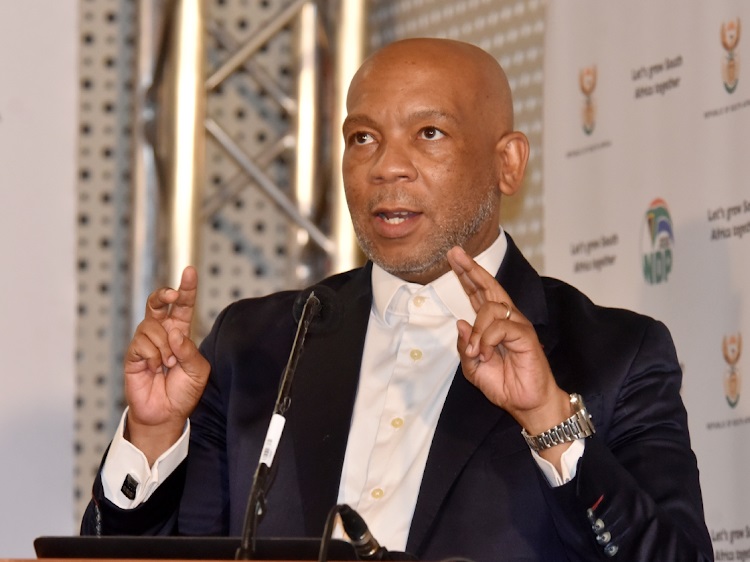Kgosientsho Ramokgopa, South Africa’s minister of electricity has signed a cooperation agreement with eight Chinese companies to address Eskom's three greatest needs: More generation capacity to improve the country’s security of supply of electricity, reduce emissions to meet international and local air quality standards, and strengthen and extend its transmission network to accommodate more electricity generators.

SA’s emissions problem
Most of Eskom’s power stations burn lavish quantities of coal to create steam to drive turbines that turn enormous alternators to provide South Africa with 90% of the electricity we use. The problem is that coal is a fossil fuel which releases pollutant emissions that include SO2, NOx, and particulate matter. These pollutants have been clinically shown to be the cause of thousands of premature deaths every year. Most of Eskom power station’s chimneys are not fitted the necessary equipment to mitigate these emissions into the atmosphere. As a result, they continue to spew noxious gases and deadly particulates into the atmosphere, day and night, every day of the year. The requirements of the Minimum Emission Standards mean that Eskom has to reduce its greenhouse gas emissions, but that would mean burning less coal resulting in less power generation.
The minister has identified two power stations, Kriel and Kendal, as emitting higher levels than their licences permit. These would have to be closed with the loss of whatever electricity they currently provide to the grid. China says it has the technologies and know-how to help Eskom to reduce its emissions and still ramp up the performance of these and othetr power stations’ units.
Eskom’s transmission needs
China will assist with the extension of its transmission network. Eskom has only expanded its transmission network by 4400 km in the past ten years and needs to install about 14 000 km of new lines over the next decade. This needed to accommodate more solar, wind and other new generating technologies on the grid.
The eight Chinese companies that signed the memorandum are the State Grid Corporation of China, China-Africa Development Fund, China Energy International Group, China General Nuclear Power Corporation, China National Electric Engineering Company, Huawei Technologies, TBEA Ltd, and the Global Energy Interconnection Development and Co-operation Organisation.
Increase in electricity generation
Eskom’s energy availability factor is still about 20 percentage points lower than it should be. This is due to units being offline for planned maintenance or as a result of breakdowns. South Africa’s economy has suffered greatly because of the resultant load shedding and many jobs and job opportunities have been lost too.
China offered to donate emergency power equipment worth R167-million to South Africa and has made available a grant of approximately R500 million as development assistance. In the meantime, Eskom is buying a second-hand generator recently to bring Medupi’s Unit 4 back online. It is expected to be operational in April 2024. This generator could provide sufficient power to alleviate almost one stage of load shedding, Eskom says.















